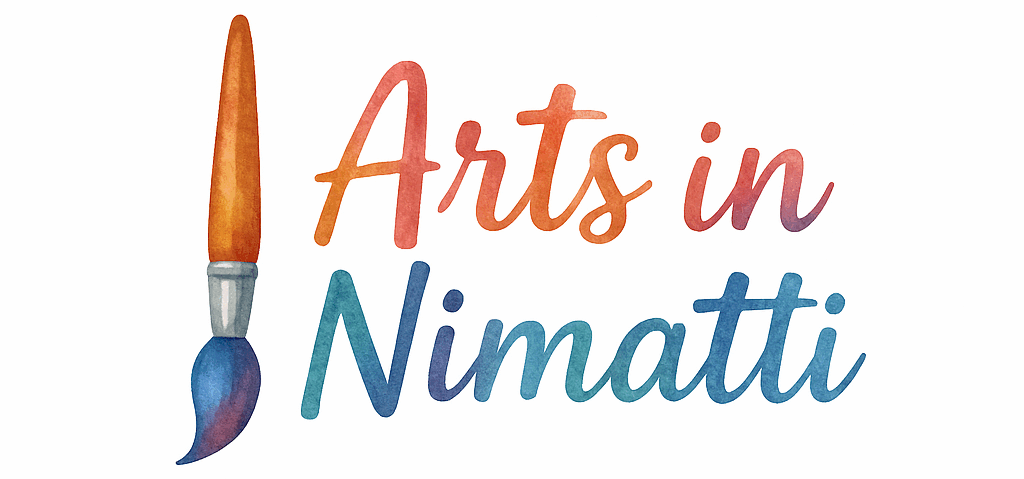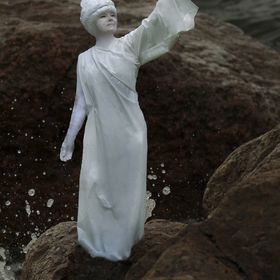When you’re an artist trying to make your mark in the digital world, your website isn’t just a portfolio—it’s your virtual studio, gallery, and business card rolled into one. But how do you make sure your artist website stands out, speaks to your audience, and helps grow your art career?
Let’s dive into 9 must-have elements that every artist website absolutely needs—and why they matter.
Why Your Artist Website Matters More Than Ever
In an age where Instagram algorithms change overnight and gallery openings are no longer the only way to be seen, having your own artist website gives you control. It’s your creative hub—your chance to showcase, teach, sell, and connect with the world on your terms.
So whether you’re a painter, sculptor, digital artist, or mixed media magician, your site should do more than look good. It should work hard for you, too.
Let’s break down the essentials.
1. A Strong Artist Bio That Connects
Make It Personal, Not Just Professional
People don’t just buy art—they buy into stories, journeys, and personalities. That’s why your artist bio shouldn’t sound like a resume. Talk about your creative process, what inspires you, and how your work has evolved. Use your voice. Keep it authentic.
Want to polish your story? Head over to Arts in Nimatti’s Inspiration section for tips on crafting your own origin story that resonates.
Where to Learn How to Write a Great Bio
For more help on presenting yourself professionally and confidently, check out the Art Education page or explore Artist Lifestyle articles that discuss building a brand around your art.
2. A Stunning Online Portfolio
Show Off Your Best Work
Your art should take center stage. Use high-resolution images with zoom-in capabilities. And don’t overwhelm visitors—highlight your strongest, most recent pieces first.
Organize by Theme, Medium, or Series
Make it easy to explore by categorizing your works. Think about using tags like Art Techniques or Art History to create an educational, interactive portfolio.
Also, consider linking to your Art Portfolio tag to inspire others and enhance your internal linking.

3. Clear Contact Information
Make It Easy for Visitors to Reach You
Ever loved an artist’s work but couldn’t find how to contact them? Don’t let that happen. Use a clean contact form and include an email address for direct inquiries—especially for commissions or collaborations.
This small detail builds trust and boosts conversions.
4. Art Blog or Journal
Build Trust Through Stories
A blog helps your audience understand your creative process and makes your site more searchable on Google. Share your latest projects, inspiration, art travels, or even tutorials.
Topics That Engage and Inspire
Not sure where to start? Explore the Inspiration, Art Tutorials, or Creative Habits sections for topic ideas that keep readers coming back.
5. eCommerce Features or Online Shop
Turn Visitors Into Buyers
If you’re not selling your art online, you’re leaving money on the table. Integrate platforms like WooCommerce or Shopify, or use tools like Gumroad for digital downloads.
Tools for Selling Art Online
Make sure your site is optimized for online art sales. Want to dive deeper? Explore resources on Art Business, Online Art Sales, and even eCommerce best practices.
6. Art Classes or Workshops Section
Promote Your Teaching Skills
If you offer online or in-person classes, let people know! Create a dedicated page or section featuring your schedule, pricing, and sign-up links.
Use the Art Classes tag for enhanced SEO and user discovery.
Internal Linking for Better Visibility
Be sure to interlink this page with your blog or portfolio to increase time on site and help people see your full value.
7. SEO-Friendly Content Structure
Use H1-H4 Tags Strategically
Proper headings make your content easier to read—for both humans and search engines. Use H1 for the main title, H2 for sections, H3 for subsections, and H4 sparingly.
Optimize for Keywords Like “Art Techniques”
Repeat your focus keyword naturally—like we’re doing with “artist website”—and link semantically to relevant topics like Art Productivity, Idea Generation, or Painting Tips.
8. Social Media Integration
Let Fans Follow Your Creative Life
Your site should act as your home base, but your social channels can keep fans engaged daily. Embed your latest Instagram feed, include follow buttons, and even link to YouTube tutorials or TikToks.
This builds a feedback loop between platforms—more visibility, more followers, more sales.
9. A Newsletter Signup
Build Your Fan Base Over Time
Email marketing isn’t dead—it’s one of the best ways to nurture collectors and students. Use an easy opt-in with a clear benefit: early access to collections, free tutorials, or class discounts.
This is your VIP list. Treat it well.
Final Thoughts: Don’t Just Build a Website—Build an Experience
Your artist website should reflect you. It’s not just a digital business card—it’s a living, breathing part of your artistic identity. From your bio to your portfolio, blog, shop, and beyond—each section should invite visitors into your creative world.
And with strong internal links to places like Arts in Nimatti’s Homepage, Art Education, or Art Travel, you’ll not only improve SEO—you’ll offer real value.
Now go build something beautiful.
FAQs
1. Why is an artist bio so important?
Your bio helps people emotionally connect with your story, which can influence buying decisions and open opportunities.
2. What’s the ideal number of artworks to feature in my portfolio?
10 to 20 of your strongest pieces is a good range. Keep it updated with your latest and best work.
3. How do I drive traffic to my artist website?
Use SEO-optimized blog posts, link to your site from social media, and consider listing in directories. Also, internal links like those on Arts in Nimatti help.
4. Can I sell both physical and digital art from my website?
Absolutely! Just be clear with your product listings. Use tags and categories like Online Art Sales to help users navigate.
5. Should I create a separate page for art classes?
Yes. It’s more professional and easier to promote. Use internal tags like Art Classes for better organization.
6. What are some good topics for an artist blog?
Behind-the-scenes looks, travel experiences, tutorials, creative struggles, and Idea Generation stories are great options.
7. How often should I update my site?
Aim to update your blog monthly and your portfolio quarterly. This keeps content fresh for both users and search engines.

